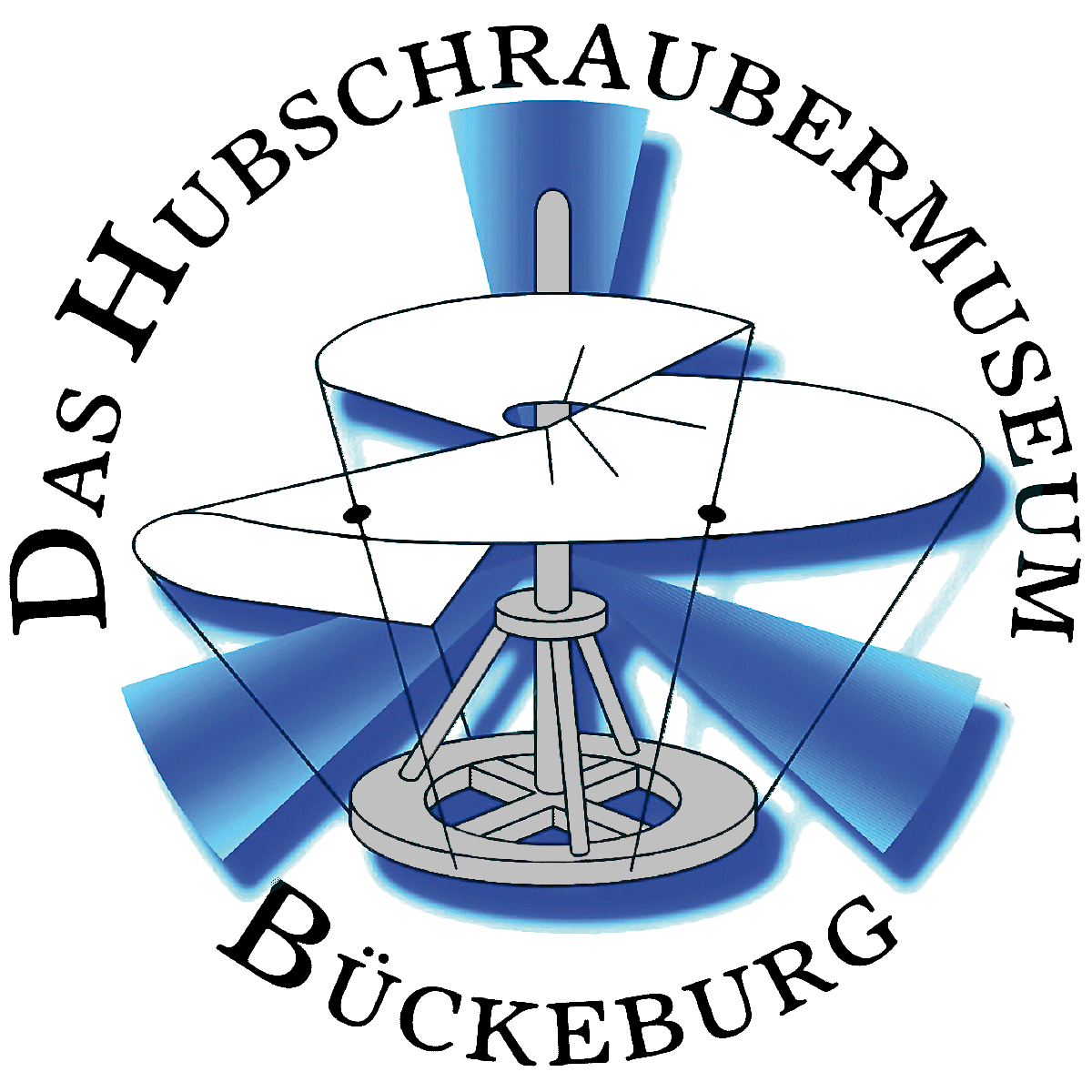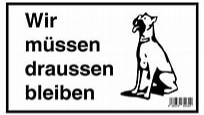Aérospatiale SA-330J PUMA EN
Aérospatiale SA-330J PUMA
The Aérospatiale SA 330 Puma is a four-bladed, twin-engined medium transport/utility helicopter. The Puma was originally manufactured by Sud Aviation of France, and continued to be produced by Aérospatiale. The Puma was also license-built in Romania as the IAR 330; unlicensed manufacture of an advanced derivative, the Atlas Oryx, was also conducted by South Africa. The Puma was a commercial success and was quickly developed into more advanced models such as the AS332 Super Puma and AS532 Cougar, manufactured by Eurocopter since the early 1990s; in this manner descendants of the Puma remain in production into the 21st century.
The Puma has seen combat in a range of theatres by a number of different operators; significant operations include the Gulf War, the South African Border War, the Portuguese Colonial War, the Yugoslav Wars, the Iraq War, and the Falklands War. The type also saw popular use in the civilian field and has been operated by a number of civil operators.
The SA 330 Puma was originally developed by Sud Aviation to meet a requirement of the French Army for a medium-sized all-weather helicopter capable of carrying up to 20 soldiers as well as various cargo-carrying duties. The choice was made to develop a completely new design for the helicopter, work began in 1963 with backing from the French government. The first of two Puma prototypes flew on 15 April 1965; six further pre-production models were also built, the last of which flew on 30 July 1968. The first production SA 330 Puma flew in September 1968, with deliveries to the French Army starting in early 1969.
In 1967, the Puma was selected by the Royal Air Force (RAF), having been impressed by the Puma’s performance, it was given the designation Puma HC Mk 1. A significant joint manufacturing agreement was between Aerospatiale and Westland Helicopters of the UK; the close collaboration between the French and British firms would also result in subsequent purchases of Aérospatiale Gazelle by the United Kingdom and the Westland Lynx by France. Under this agreement, Westland manufactured a range of components for the Puma; additionally it also performed the assembly of Pumas ordered by the RAF.
The SA 330 was a success on the export market, numerous countries purchased military variants of the Puma to serve in their armed forces; the type was also popularly received in the civil market, finding common usage by operators for transport duties to off-shore oil platforms. Throughout most of the 1970s, the SA 330 Puma was the best selling transport helicopter being produced in Europe. By July 1978, over 50 Pumas had already been delivered to civil customers, and the worldwide fleet had accumulated in excess of 500,000 operational hours.
Romania entered into an arrangement with Aerospatiale to produce the Puma under license as the IAR 330, manufacturing roughly 90 of the type for the Romanian armed forces, civil operators, and several export customers of their own.Indonesia also undertook domestic manufacturing of the SA 330. South Africa, a keen user of the type, performed their own major modification and production program conducted by the government-owned Atlas Aircraft to upgrade their own Pumas, the resulting aircraft was named Oryx. In the 1990s, Denel would also develop an attack helicopter for the South African Air Force based on the Puma, known as the Denel Rooivalk.
In 1974, Aerospatiale began development of improved Puma variants, aiming to produce a successor to the type; these efforts would cumulate in the AS332 Super Puma. The first prototype AS332 Super Puma took flight on 13th September 1978, featuring more powerful engines and a more aerodynamically-efficient extended fuselage; by 1980, production of the AS323 Super Puma had overtaken that of the originating SA 330 Puma. Production of the SA 330 Puma by Aérospatiale ceased in 1987,by which time a total of 697 had been sold; production in Romania would continue into the 21st Century.
Variants:
Aérospatiale versions
- SA 330A
- Prototypes, originally called “Alouette IV”.
- SA 330B
- Initial production version for the French Army Light Aviation. Powered by 884 kW (1,185 hp) Turbomeca Turmo IIIC4 engines. 132 purchased by France.
- SA 330 Orchidée
- SA 330 modified to carry an Orchidée battlefield surveillance radar system with a rotating underfuselage antenna, for the French Army. One demonstrator was built, flying in 1986. The Orchidée programme was cancelled in 1990, but the prototype rushed back into service in 1991 to serve in the Gulf War, leading to production of a similar system based on the Eurocopter Cougar.
- SA 330C
- Initial export production version. Powered by 1,044 kW (1,400 hp) Turbomeca Turmo IVB engines.
- SA.330E
- Version produced by Westland Helicopters for the RAF under the designation Puma HC Mk. 1.
- SA.330F
- Initial civilian export production version with Turbomeca Turmo IIIC4 turboshaft engines.
- SA.330G
- Upgraded civilian version with 1175 kW (1,575 hp) Turbomeca Turmo IVC engines.
- SA.330H
- Upgraded French Army and export version with Turbomeca Turmo IVC engines and composite main rotor blades. Designated SA 330Ba by the French Air Force. All surviving French Army SA 330Bs converted to this standard.
- SA.330J
- Upgraded civil transport version with composite rotor blades and with higher maximum takeoff weight.
- SA.330L
- Upgraded version for “hot and high” conditions. Military equivalent to civil SA.330J.[72]
- SA.330S
- Upgraded SA 330L (themselves converted from SA 330C) version for the Portuguese Air Force. Powered by Turbomeca Makila engines.
- SA.330Z
- Prototype with “fenestron” tail rotor.
- SA.331 Puma Makila
- Engine test-bed for the AS.332 Super Puma series, powered by two Turbomeca Makila engines
Versions by other manufacturers
- Atlas Aircraft Corporation Oryx
- This is a remanufactured and upgraded SA 330 Puma built for the South African Air Force.
- IPTN NAS 330J
- This is a version that was assembled by IPTN of Indonesia under the local designation NAS 330J and the Aerospatiale designation of SA 330J. Eleven units were produced.
- IAR 330
- This is a licence-built version of the SA 330 Puma manufactured by Industria Aeronautică Română of Romania. Designated as the SA 330L by Aerospatiale.
- IAR-330 Puma SOCAT
- 24 modified for antitank warfare.
- IAR-330 Puma Naval
- 3 modified for the Romanian Navy, using the SOCAT avionics.
- Westland Puma HC Mk 1
- SA 330E equivalent assembled by Westland Helicopters for the RAF, first flown on 25 November 1970. Several similarities to the SA 330B employed by the French Armed Forces. The RAF placed an initial order for 40 Pumas in 1967, with a further eight attrition replacement aircraft in 1979.
- Westland Puma HC Mk 2
- Modified Puma HC Mk1s, upgraded with more powerful Turbomeca Makila 1A1 engines, a glass cockpit and new avionics, secure communications and improved self-protection equipment.



